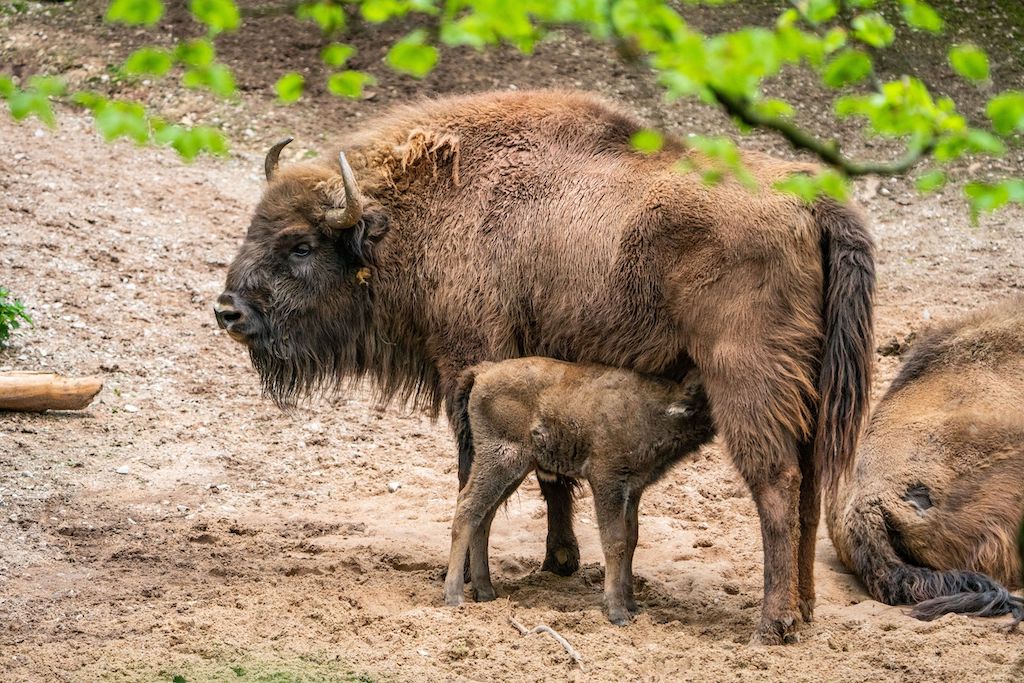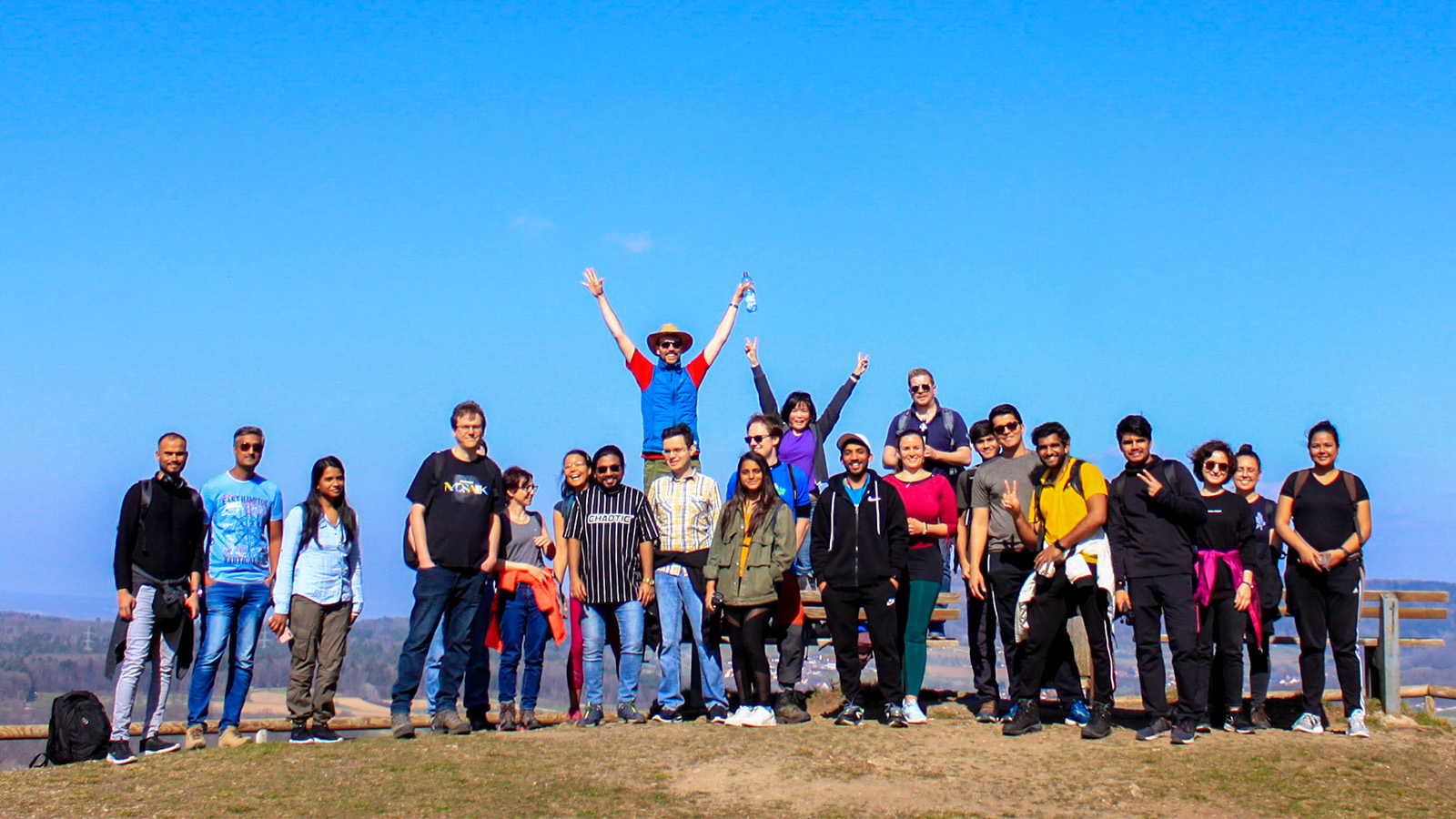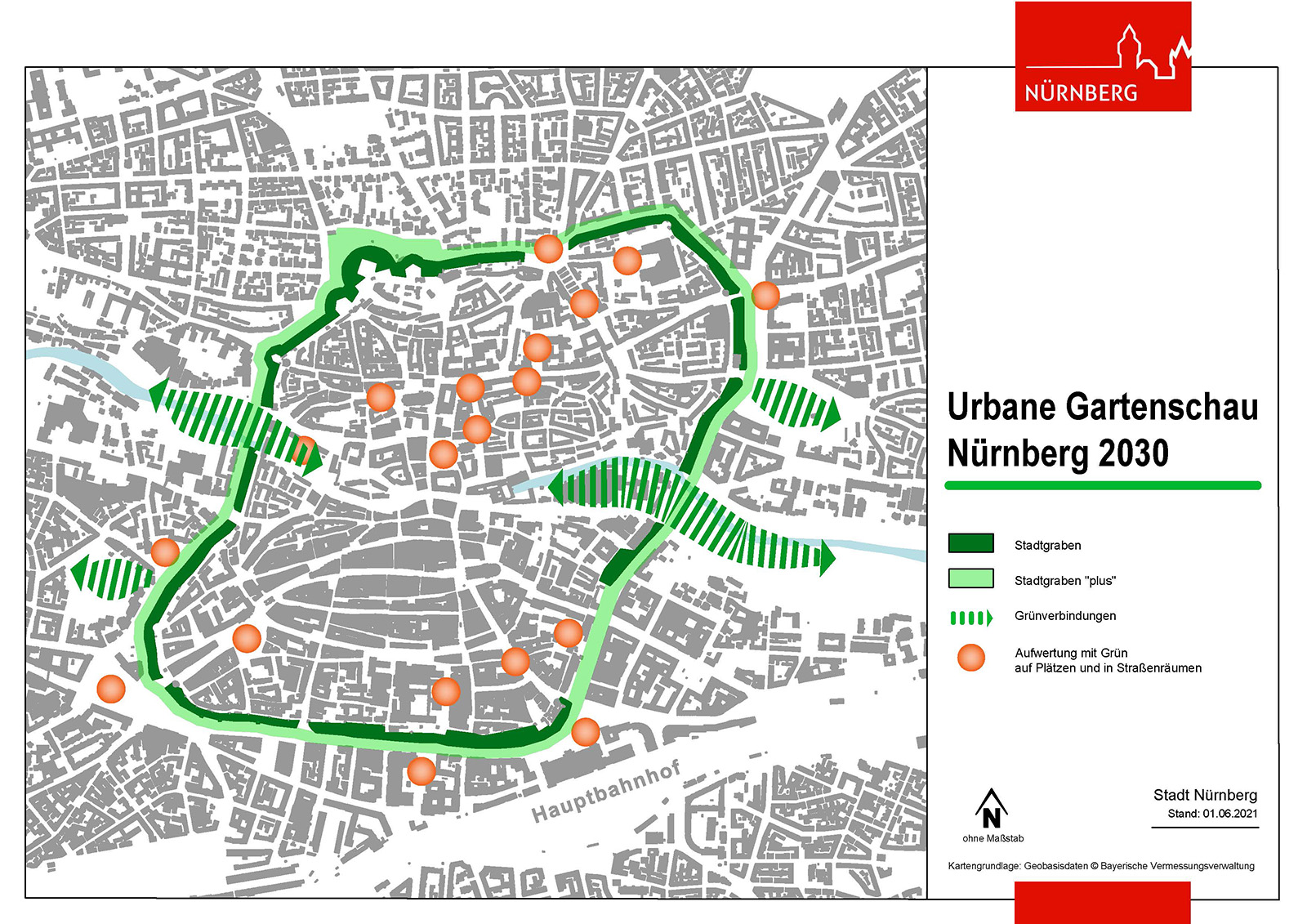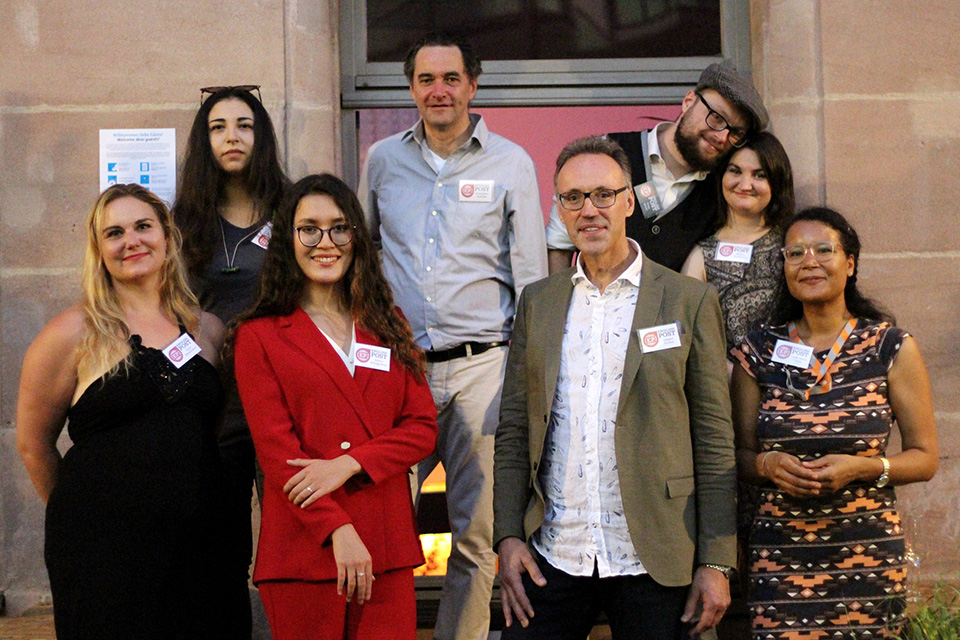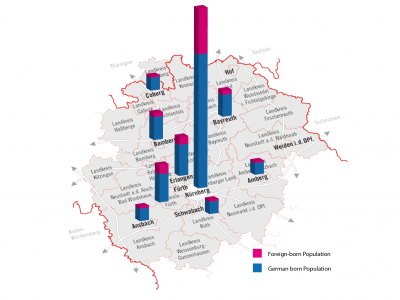In a heartwarming milestone for conservationists and wildlife enthusiasts alike, August 25, 2023, marks the 100th anniversary of a remarkable endeavour that saved the European Bison (Bison bonasus) from the brink of extinction. On August 25, 1923, a coalition of European zoo directors and scientists convened to establish a plan to rescue this magnificent creature. The result of their dedication and concerted efforts is a testament to the power of conservation, breeding, and collaborative action.
The European Bison, also known as aurochs, once roamed the European landscape in vast numbers for centuries. However, the first half of the 20th century saw their populations plummet to the edge of oblivion. Fast forward to the present day, and the story has taken a remarkable turn. Thanks to international breeding initiatives and reintroduction projects, the European Bison’s fate has been reversed. Presently, over 8,000 individuals thrive in their natural habitats, predominantly in Poland and Belarus. This resurgence has been so successful that the International Union for Conservation of Nature (IUCN) now classifies the species as “near threatened,” a notable improvement from its previous “vulnerable” status in 2000.
The narrative of the European Bison echoes that of its North American cousin, the American Bison (Bison bison), both of which have faced near-extinction due to unsustainable hunting and habitat loss. However, the inspiring trajectory of both species also underscores the potential of conservation breeding and reintroduction programs. Jörg Beckmann, Biological Director and Deputy Director of the Nuremberg Zoo, highlights, “This achievement showcases the efficacy of focused breeding efforts and reintroduction initiatives. It’s a testament to how these species can not only survive but thrive when given the chance.”
A pivotal moment in the European Bison’s revival was the inception of a studbook by the “International Society for the Preservation of the Wisent” a century ago. This novel approach catalysed a systematic conservation breeding program in zoos and animal parks, now overseen by the European Association of Zoos and Aquaria (EAZA) Breeding Program. With a stable population established, the first batch of captive-bred bison was successfully reintroduced into their native habitat in the Bialowieza National Park in Poland during the 1950s.
While celebrating this centenary success, experts caution that securing suitable habitats remains a monumental challenge. Prof. Jörg Junhold, President of the Association of Zoological Gardens (VdZ), acknowledges, “The journey doesn’t end here. We must continue to protect and preserve these creatures and their environments for future generations.” The sentiment is echoed by Volker Homes, VdZ Managing Director, who emphasises the significance of collaborative efforts in safeguarding species and habitats.
The journey of the European Bison also involves a unique international collaboration, including the efforts of the Tierpark Berlin and WWF Germany, which have been actively involved in the reintroduction of bison. Currently, these efforts extend to the Shahdag National Park in Azerbaijan, thanks to a collaborative initiative involving the Azerbaijani Ministry of Ecology, WWF, EAZA, and local partners.
Indeed, zoos play a pivotal role in securing the survival of endangered species. With more than 400 European Breeding Programs (EEP) and a network of studbooks, zoos worldwide contribute significantly to species conservation. The Nuremberg Zoo, for example, has undertaken multiple reintroduction initiatives, from Alpine ibexes in Austria to European ground squirrels in the Czech Republic. These efforts illustrate how the dedication of these institutions extends beyond their enclosures, actively shaping the future of biodiversity.
As we observe the remarkable 100-year journey of the European Bison’s resurgence, we are reminded that the work of conservationists, zoos, and organisations like the Nuremberg Zoo continues to be instrumental in ensuring the survival of endangered species. Through collaborative efforts and unwavering commitment, we witness the triumph of life against the odds—a powerful testament to the indomitable spirit of nature and humanity.


